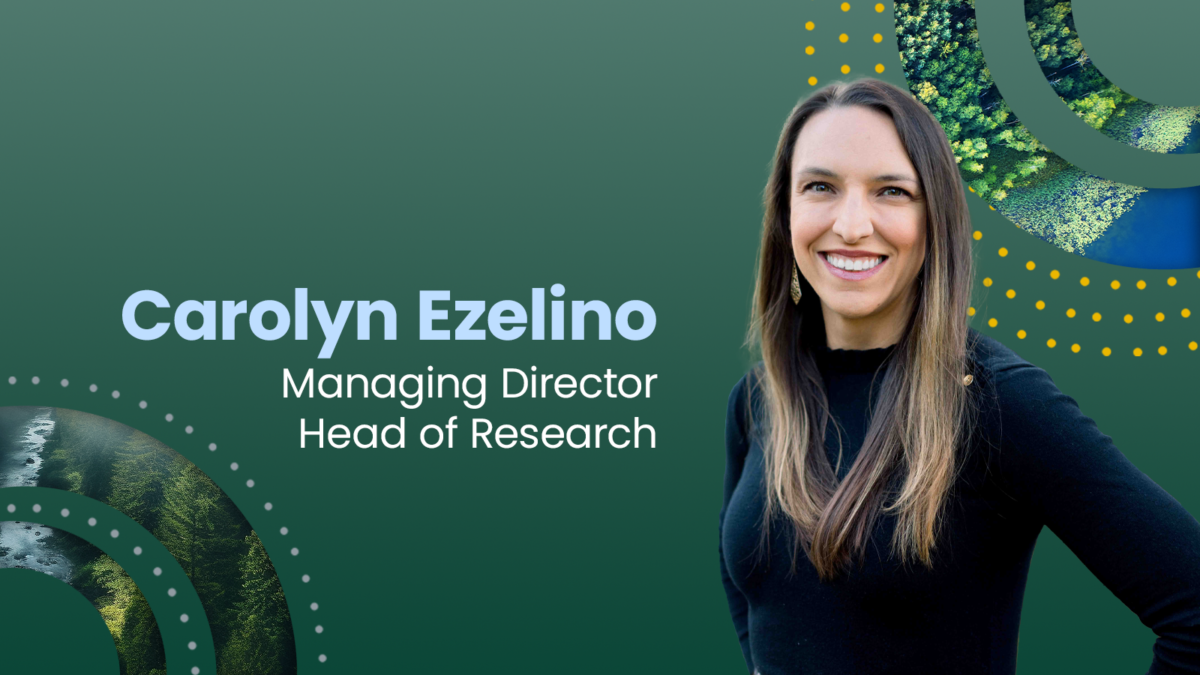Kendra Thorogood Blog, By Kendra Thorogood
December 19, 2013
A report published by Sonen Capital in October 2013, Evolution of an Impact Portfolio: From Implementation to Results discusses the KL Felicitas Foundation’s (KLF) efforts in allocating 100% of its capital to impact investing over a period of seven years. As an early mover in impact investing, KLF’s experience nicely displays early challenges and changes over time as the industry matured.
Something I found interesting was that KLF targeted 27% of its capital towards public equity investments. KLF recognized that although private equity investment into large global firms can relatively diffuse impact, it highly supports scale. They concluded that the outreaching nature of such scale can more than compensate for any diffusion of impact at a single level. Impact investing literature that I have read to date focuses heavily on private equity investments, especially in social enterprise and microfinance institutions, but it is necessary to explore the implications of public equity impact investing as well. Ultimately, it does look like KLF used public equity more for diversification although its impact requirements were better met by other asset classes. Public equity investments were made entirely into organizations within the ESG (environment, social, governance) impact area with an emphasis on environmental.
Additionally, the report seems to stress the difficulties of standardizing metrics, due diligence processes, and ways to express impact themes when diversifying a portfolio across many different impact areas and asset classes. Clearly defining that which is considered impact along with targets and goals are crucial for focusing investment.
Possibly the most valuable part of this report is the comparison between KLF’s impact investments and benchmark asset classes. Releasing this information helps to develop the much-needed track record that impact investing is building in order to reach further than early adopters and attract a wider range of investors. Ultimately, it shows that KLF’s Return-Based Impact Reportable Portfolio has remained financially competitive with benchmark returns.
Not only are comparisons of returns provided, but it also offers in-depth information about types of investments and impact areas. With an interest in the demand side of impact investing, it’s valuable to see to which types of institutions KLF was able to successfully allocate its funds. In impact investing literature, the issue of finding investment-ready organizations is often identified as one of the main challenges in the industry as it matures. As a result, seed capital initiatives have arisen to address this and assist organizations in becoming investment-ready, but that’s for another conversation.
If this sounds like something you might like to read, download the full report here.
See the full article on Kendra Thorogood.


